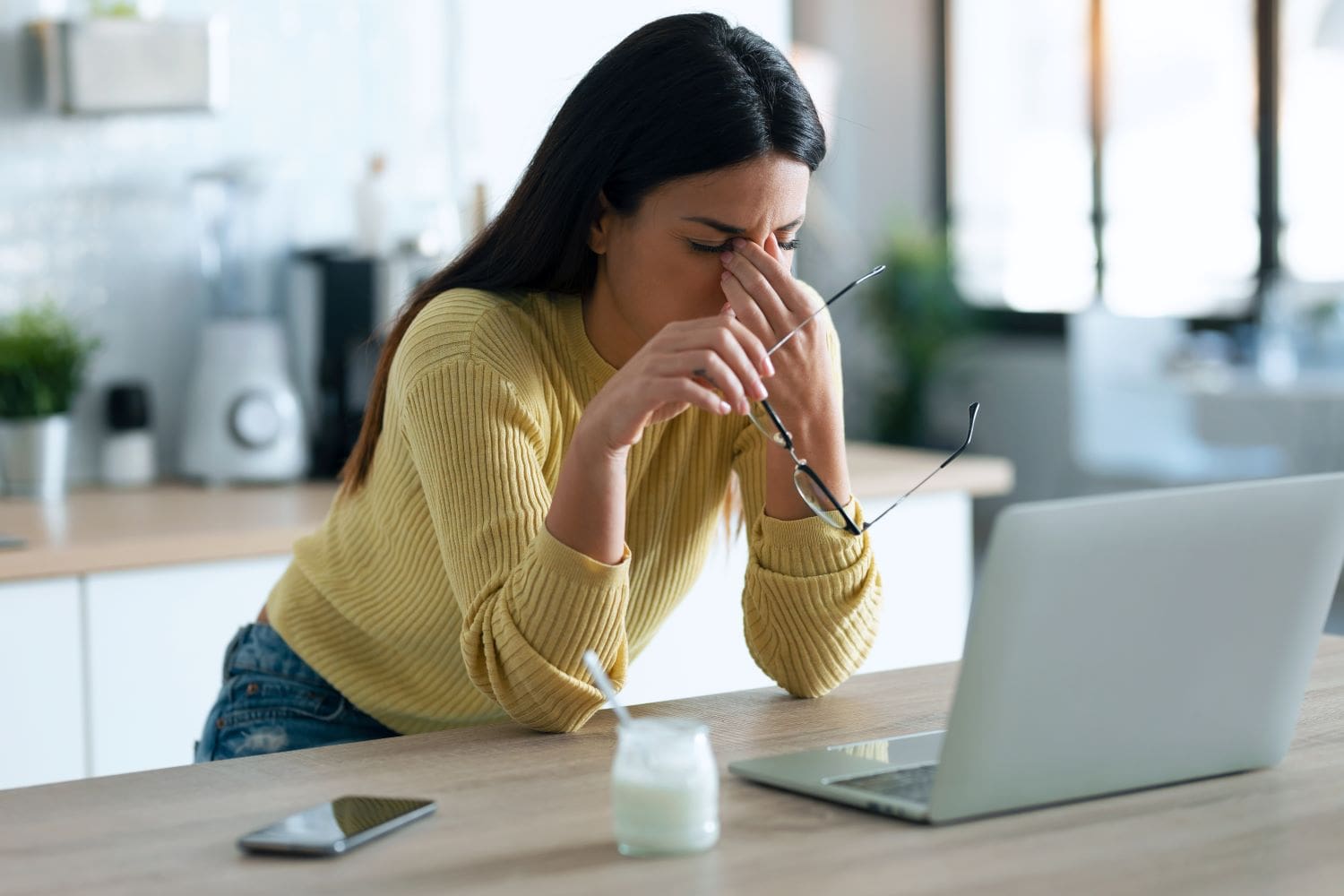Burnout was a term that was coined in the 1970s. Burnout for those people who don’t know what it is, is a state of physical and emotional exhaustion. Sounds pretty dramatic, but it occurs in places where someone is under continuous stress and pressure. And the classic environments are a very busy and demanding workplace, or indeed, sometimes parents caring for children can experience burnout.
What are the symptoms of burnout?
What are the characteristics of burnout? Well, with physical and mental exhaustion, people feel tired, they feel overwhelmed. They feel stressed. They can have sleep difficulties and there’s this continuous sense of not being on top of things, and increasingly the person becomes irritable. And the key to burnout is actually prevention.
How does one actually do things that actually allow one to not have burnout? Good examples are exercise, balanced diet, getting plenty of sleep and indeed talking to others about how you’re feeling. And if you’re overwhelmed, get help early. Many organisations have employee assistance programmes, or you can go to your own family doctor and talk to him or her about how you’re feeling. And indeed go and see a psychologist.
Finally, burnout also can be improved by others around you recognising that you’re not really yourself. So if you’re a family or a friend, you see someone who looks like they’re physically and mentally exhausted, talk to them about it, give them some advice. Encourage them to do the things that help, and above all, make sure that that person tries to do something about the stress in their life.
Dr Matthew Cullen, Psychiatrist, St Vincent’s Hospital, Sydney





